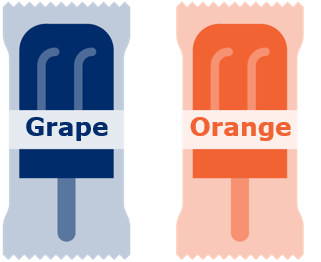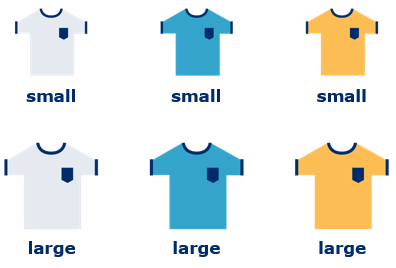New GTIN for:

Item

Existing higher-level packaging
A "new product" is defined as a product that does not currently exist or has not been available for sale and is an addition to the brand owner’s portfolio/is new to the market.
Any new product requires the assignment of a GTIN
Hierarchy level of GTIN assignment
- The GTIN is assigned at the retail consumer trade item or base unit level.
- A unique GTIN is assigned at every level of the packaging hierarchy above the retail consumer trade item/base unit level.
Example business scenarios that require GTIN change
-
A product line is to include a flavour or aroma of a product that does not currently exist in the brand owner’s portfolio, and will be an addition to other flavours or aromas in the portfolio.

- A mobile phone producer is adding a model with new features to its product offering.
- A product's packaging is in English and a Spanish-language-only version of the same product is created.
- A seasonal modification where the consumer/trading partner is expected to be able to uniquely order the product.
-
A new television model with new functionalities e.g. WiFi and streaming capabilities

-
Physically combining two or more products as a bundle or assortment, thus creating a new product.

-
A new T-shirt line includes various sizes of a particular style and colour of T-shirt ( S, M, L, XL, etc.). Each style, colour and size variation is considered a unique product and is assigned a unique GTIN.

- The vintage (year of production) of a bottle of wine changes such that it is recognised by the consumer as being of different quality than the previous year AND this wine is not handled as “flow-through” or commodity product, rather as a new and unique product.









